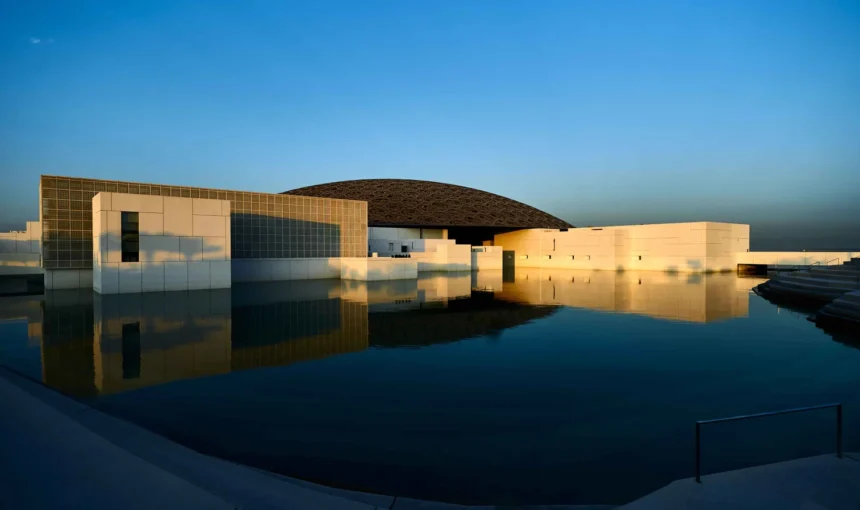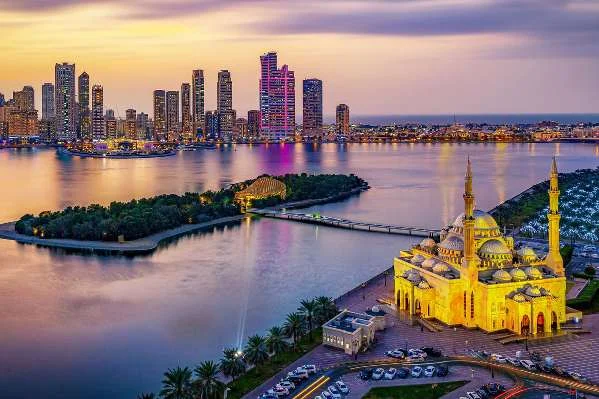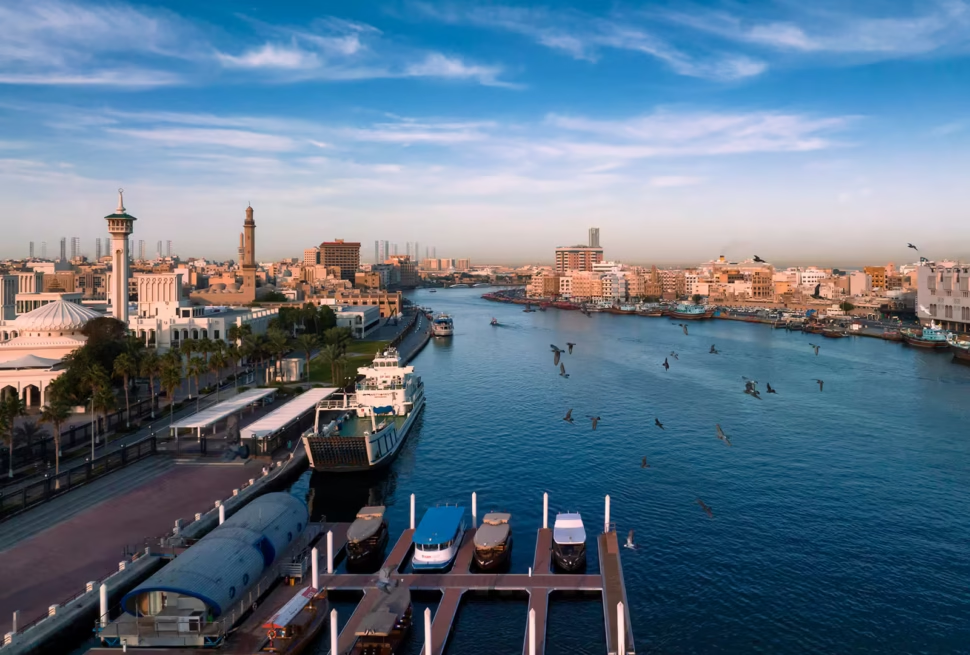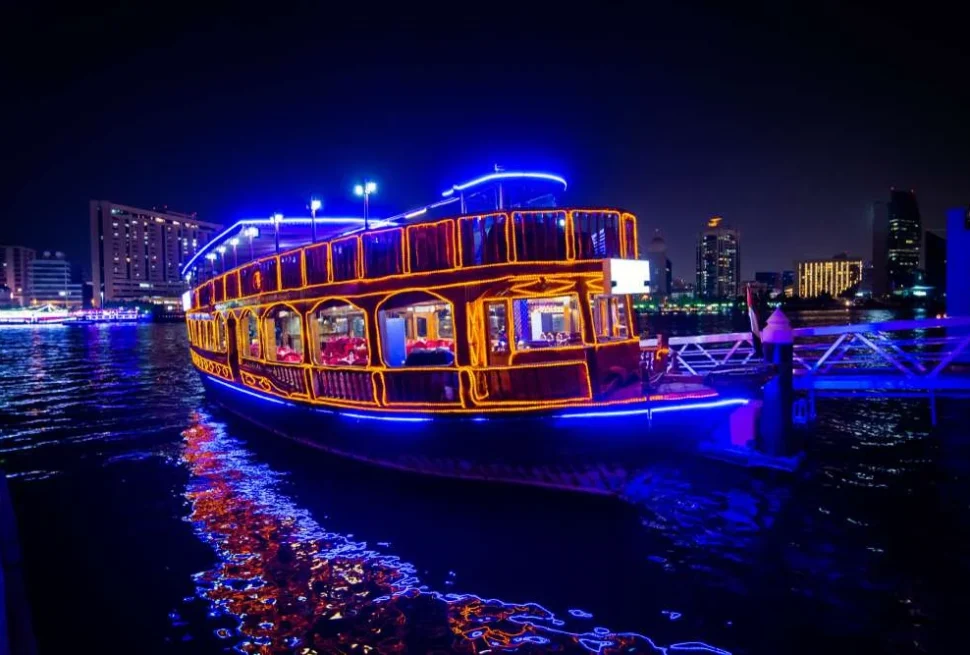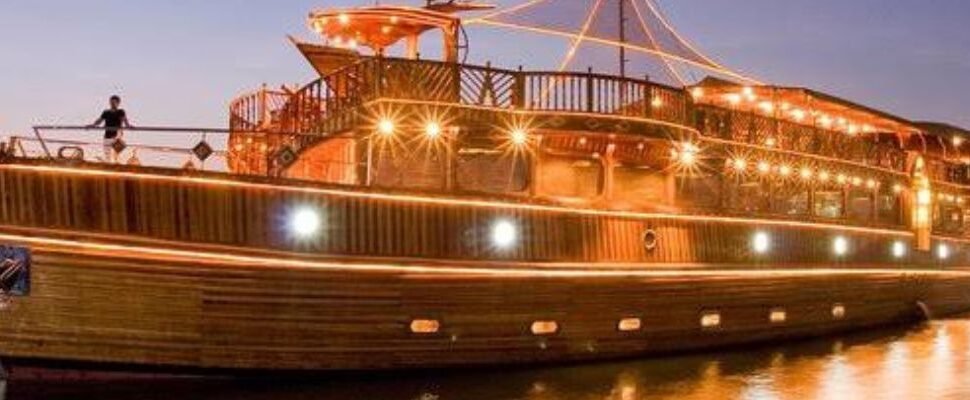Abu Dhabi, the capital city of the United Arab Emirates, is a testament to architectural innovation and cultural richness. This city blends traditional Arabic heritage with the aspirations of modernity, making it a fascinating destination for architectural aficionados and travelers alike. Here, we explore ten architectural masterpieces that showcase the city’s flair for design and its commitment to cultural preservation.
1. The Louvre Abu Dhabi
At the heart of Abu Dhabi’s cultural district on Saadiyat Island stands the Louvre Abu Dhabi, a museum that bridges the gap between Eastern and Western art. Designed by renowned architect Jean Nouvel, the museum is crowned with a magnificent dome that creates a mesmerizing “rain of light,” simulating the effect of sunlight passing through date palm fronds in an oasis. Architectural Highlights reveal a commitment to sustainability and cultural dialogue, while Visiting Tips advise on making the most of your exploration.

2. Sheikh Zayed Grand Mosque
A symbol of spiritual significance and architectural magnificence, the Sheikh Zayed Grand Mosque can accommodate over 40,000 worshippers. Its construction incorporates materials from all over the world, creating a global mosaic of cultural unity. The Design and Structure section delves into its majestic columns and reflective pools, emphasizing its Cultural and Religious Significance as a beacon of tolerance.

3. Capital Gate
Defying gravity, Capital Gate leans at an astonishing 18 degrees westward, earning its place in the Guinness World Records. This section, The Leaning Wonder, examines the engineering marvel behind its construction, making Why Visit Capital Gate a compelling read for those fascinated by architectural innovation.
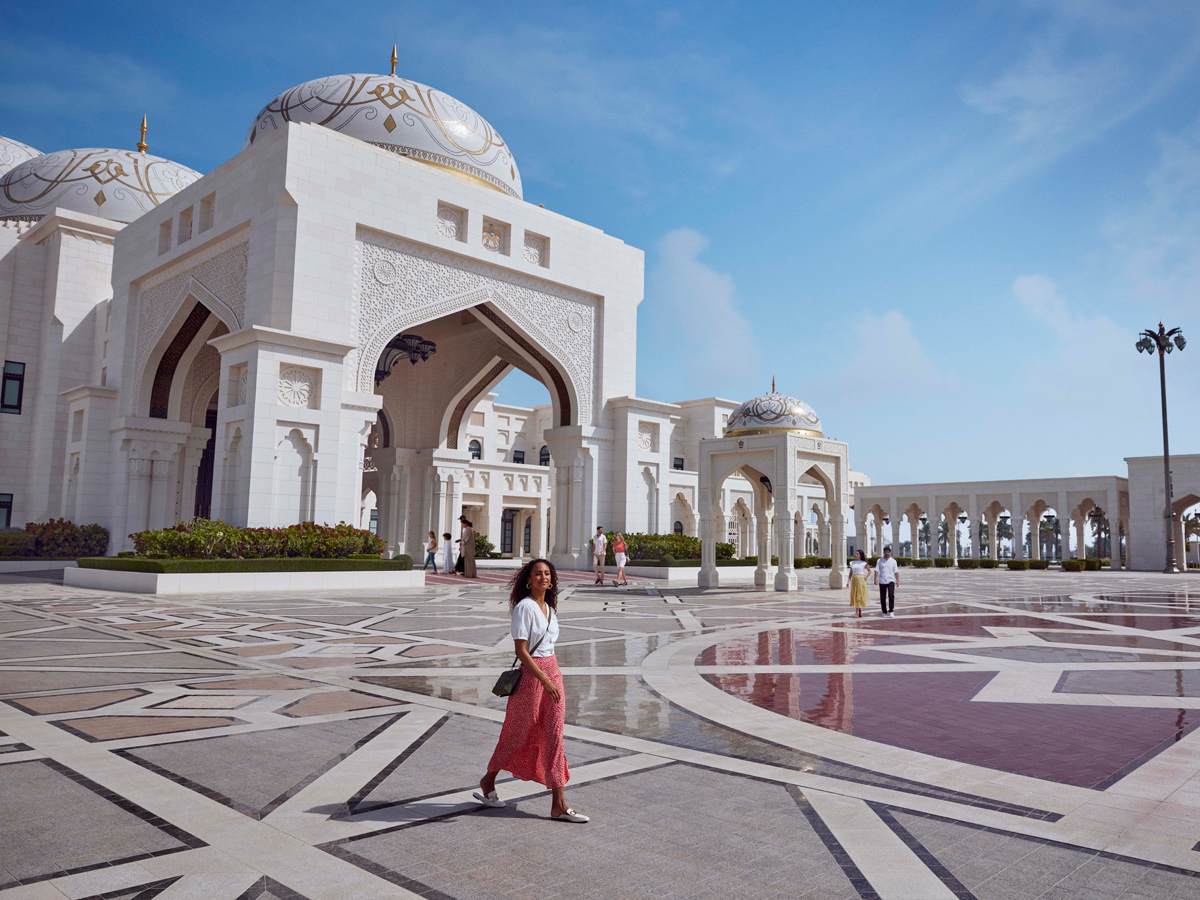
4. Qasr Al Watan
More than a presidential palace, Qasr Al Watan opens its doors to the public, inviting them to discover the rich legacy and governance of the UAE. Within Inside the Palace, visitors learn about the country’s principles and values, underscored by the Architectural Significance of its majestic design.

5. Abu Dhabi’s Falcon Hospital
This unique facility is not only a testament to the UAE’s falconry heritage but also to innovative veterinary architecture. Design and Functionality explores how the building supports the care and rehabilitation of falcons, with A Tour Experience providing insights into the comprehensive facilities and services offered.

6. Aldar Headquarters
The distinctive circular shape of Aldar Headquarters is more than just an architectural statement; it’s a reflection of efficiency and sustainability. The Architectural Design section discusses its geometric elegance and environmental considerations, while Visiting Aldar Headquarters offers practical advice for those intrigued by its form and function.
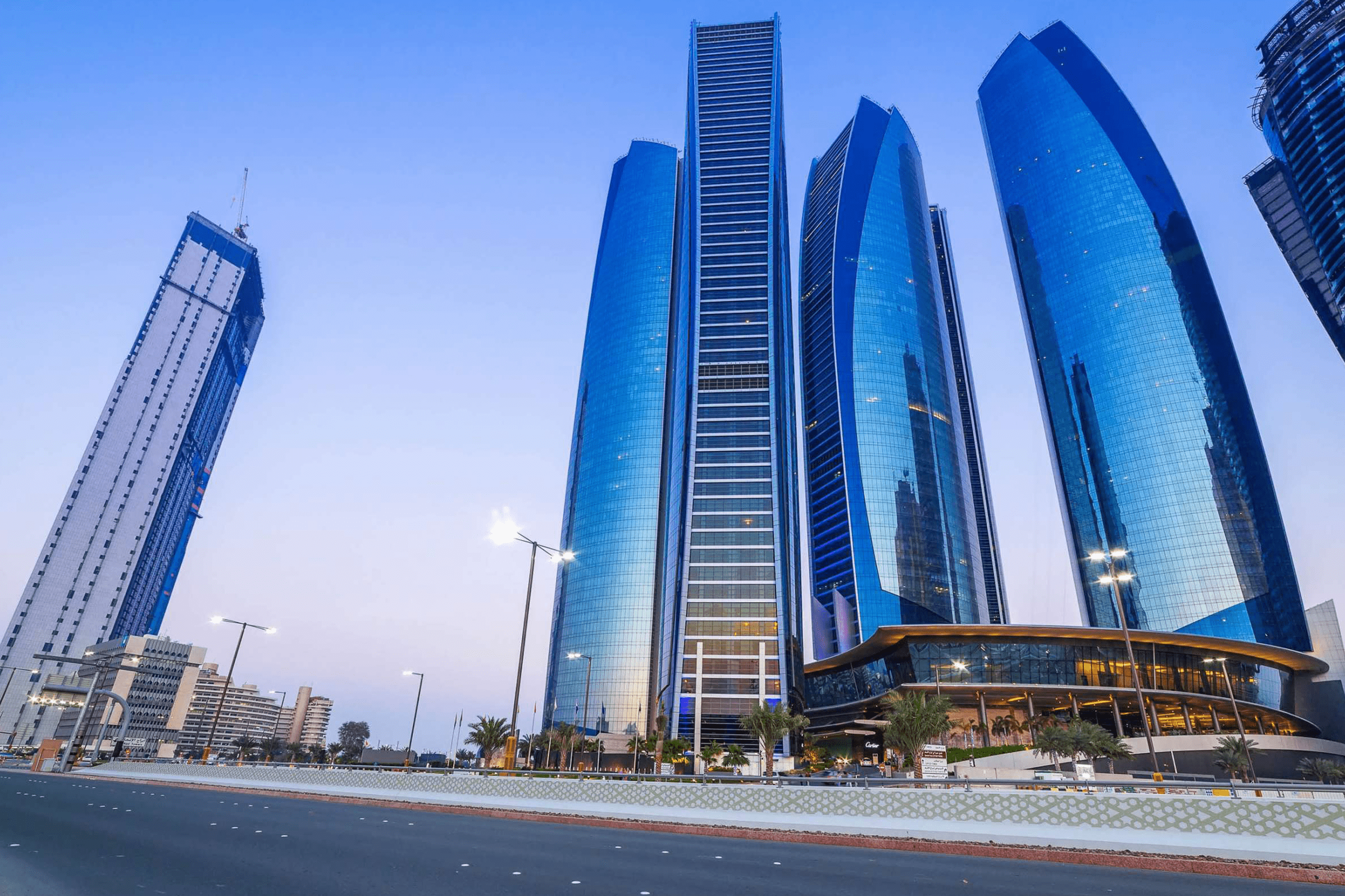
7. Etihad Towers
Rising majestically against the Abu Dhabi skyline, the Etihad Towers encapsulate luxury and innovation. The Design and Highlights section examines their contribution to the city’s architectural landscape, with the Observation Deck offering panoramic views of Abu Dhabi’s sprawling cityscape.

8. Emirates Palace
Emirates Palace goes beyond luxury, offering a glimpse into the opulent lifestyle of Arabian royalty. Grandiosity Unveiled explores its lavish interiors and architectural grandeur, with Must-Visit Reasons highlighting its status as a cultural and hospitality landmark.
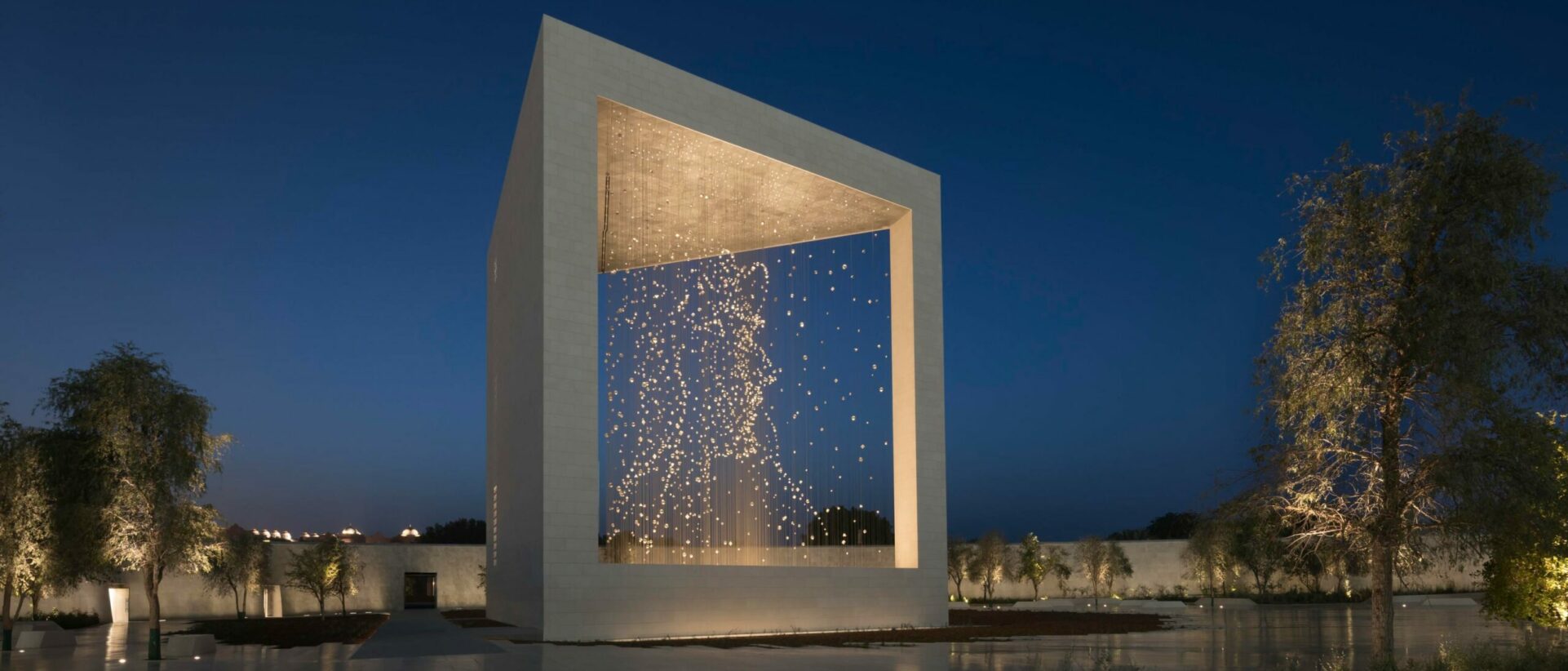
9. The Founder’s Memorial
Dedicated to the UAE’s founding father, Sheikh Zayed, the memorial is a poignant tribute to his visionary leadership. The Design and Symbolism section delves into the thought process behind its creation, encouraging visitors to reflect on his legacy in Visiting and Reflecting.
FAQs
1. What is the best time to visit the Sheikh Zayed Grand Mosque?
The best time to visit the Sheikh Zayed Grand Mosque in Abu Dhabi is during the cooler months of the year, from October to April, when the weather is pleasant and conducive to exploring the outdoor and indoor spaces of the mosque comfortably. Visiting hours vary, but generally, the mosque is open to visitors from Saturday to Thursday from 9 AM to 10 PM, and on Friday mornings, it is open for worshippers only. For a truly mesmerizing experience, visiting during the early morning or late afternoon will allow you to see the mosque in different lights, with the sunset view being particularly stunning.
2. Can visitors access the interior of Qasr Al Watan?
Yes, visitors can access the interior of Qasr Al Watan. It is part of the presidential palace complex that was opened to the public to showcase the architectural beauty and the cultural heritage of the United Arab Emirates. Inside, visitors can explore the great halls, exhibitions, and the vast library, gaining insight into the governing traditions and values of the nation. There are also guided tours available, offering a deeper understanding of the palace’s design and the significance of each section.
3. How does Capital Gate maintain its stability despite its lean?
Capital Gate in Abu Dhabi is renowned for its striking lean, which is achieved through a combination of cutting-edge engineering and architectural techniques. The tower’s stability is maintained by a robust diagrid structure, which is a diagonal grid of steel that provides a sturdy exoskeleton. Additionally, the building’s foundation is reinforced with drilled piles that go deep into the ground, providing the necessary counterbalance to its lean. The use of pre-cambered cores, which are intentionally built with a slight curve opposite to the lean, further ensures the building’s stability as it compensates for the gravitational and wind forces acting on the structure.
4. What makes the Louvre Abu Dhabi environmentally sustainable?
The Louvre Abu Dhabi incorporates several environmentally sustainable features in its design, making it a marvel of eco-friendly architecture. The museum’s iconic dome is not just an artistic statement but also functions as a natural cooling system. Its geometric pattern creates a “rain of light” effect, which provides shade and reduces the building’s reliance on artificial cooling. Additionally, the museum utilizes sea water for the museum’s cooling systems and has installed efficient lighting and water-saving fixtures to minimize energy and water consumption. These features, among others, underscore the Louvre Abu Dhabi’s commitment to sustainability.
5. Are there any entry fees for the architectural sites mentioned?
Yes, many of the architectural sites mentioned have entry fees, which vary depending on the site and sometimes the time of visit or the type of access desired. For example, the Sheikh Zayed Grand Mosque offers free entry to visitors, reflecting its role as a place of worship and cultural significance. On the other hand, attractions like the Louvre Abu Dhabi, Qasr Al Watan, and the observation deck of Etihad Towers typically charge an entrance fee. These fees contribute to the maintenance and operation of the sites and often include access to specific tours, exhibitions, or areas within the attractions. Visitors are encouraged to check the official websites or contact the sites directly for the most current information on admission prices and opening hours.
Envisioned as the world’s most sustainable eco-city, Masdar City is at the forefront of innovation in renewable energy and sustainable urban development. Sustainability and Design discusses its commitment to a zero-carbon future, with Why Visit Masdar City highlighting its role as a model for future cities around the globe.
6. What is the best time to visit the Sheikh Zayed Grand Mosque?
The best time to visit the Sheikh Zayed Grand Mosque in Abu Dhabi is during the cooler months of the year, from October to April, when the weather is pleasant and conducive to exploring the outdoor and indoor spaces of the mosque comfortably. Visiting hours vary, but generally, the mosque is open to visitors from Saturday to Thursday from 9 AM to 10 PM, and on Friday mornings, it is open for worshippers only. For a truly mesmerizing experience, visiting during the early morning or late afternoon will allow you to see the mosque in different lights, with the sunset view being particularly stunning.
7. Can visitors access the interior of Qasr Al Watan?
Yes, visitors can access the interior of Qasr Al Watan. It is part of the presidential palace complex that was opened to the public to showcase the architectural beauty and the cultural heritage of the United Arab Emirates. Inside, visitors can explore the great halls, exhibitions, and the vast library, gaining insight into the governing traditions and values of the nation. There are also guided tours available, offering a deeper understanding of the palace’s design and the significance of each section.
8. How does Capital Gate maintain its stability despite its lean?
Capital Gate in Abu Dhabi is renowned for its striking lean, which is achieved through a combination of cutting-edge engineering and architectural techniques. The tower’s stability is maintained by a robust diagrid structure, which is a diagonal grid of steel that provides a sturdy exoskeleton. Additionally, the building’s foundation is reinforced with drilled piles that go deep into the ground, providing the necessary counterbalance to its lean. The use of pre-cambered cores, which are intentionally built with a slight curve opposite to the lean, further ensures the building’s stability as it compensates for the gravitational and wind forces acting on the structure.
9. What makes the Louvre Abu Dhabi environmentally sustainable?
The Louvre Abu Dhabi incorporates several environmentally sustainable features in its design, making it a marvel of eco-friendly architecture. The museum’s iconic dome is not just an artistic statement but also functions as a natural cooling system. Its geometric pattern creates a “rain of light” effect, which provides shade and reduces the building’s reliance on artificial cooling. Additionally, the museum utilizes sea water for the museum’s cooling systems and has installed efficient lighting and water-saving fixtures to minimize energy and water consumption. These features, among others, underscore the Louvre Abu Dhabi’s commitment to sustainability.
10. Are there any entry fees for the architectural sites mentioned?
Yes, many of the architectural sites mentioned have entry fees, which vary depending on the site and sometimes the time of visit or the type of access desired. For example, the Sheikh Zayed Grand Mosque offers free entry to visitors, reflecting its role as a place of worship and cultural significance. On the other hand, attractions like the Louvre Abu Dhabi, Qasr Al Watan, and the observation deck of Etihad Towers typically charge an entrance fee. These fees contribute to the maintenance and operation of the sites and often include access to specific tours, exhibitions, or areas within the attractions. Visitors are encouraged to check the official websites or contact the sites directly for the most current information on admission prices and opening hours.
Abu Dhabi’s architectural landscape is a testament to the city’s ambition, cultural heritage, and vision for the future. These ten masterpieces are just the beginning of what this vibrant city has to offer.
Ready to explore Dubai’s top attractions? Contact our Tour Specialist, Rupesh Gangurde, for expert guidance:
Call: +9171526422117
Email: info@forevertourism.com
Let Forever Tourism craft your perfect Dubai experience!

